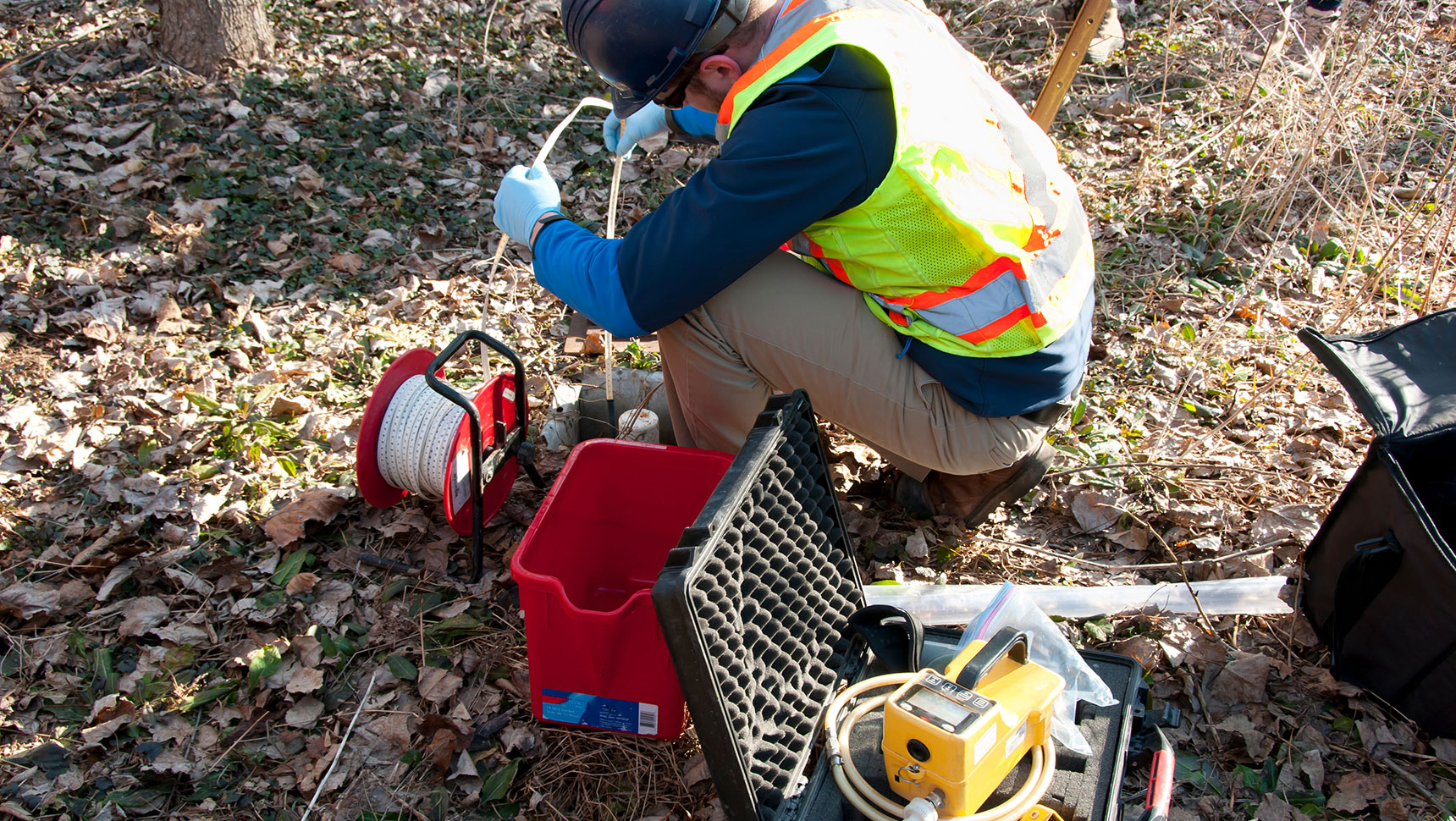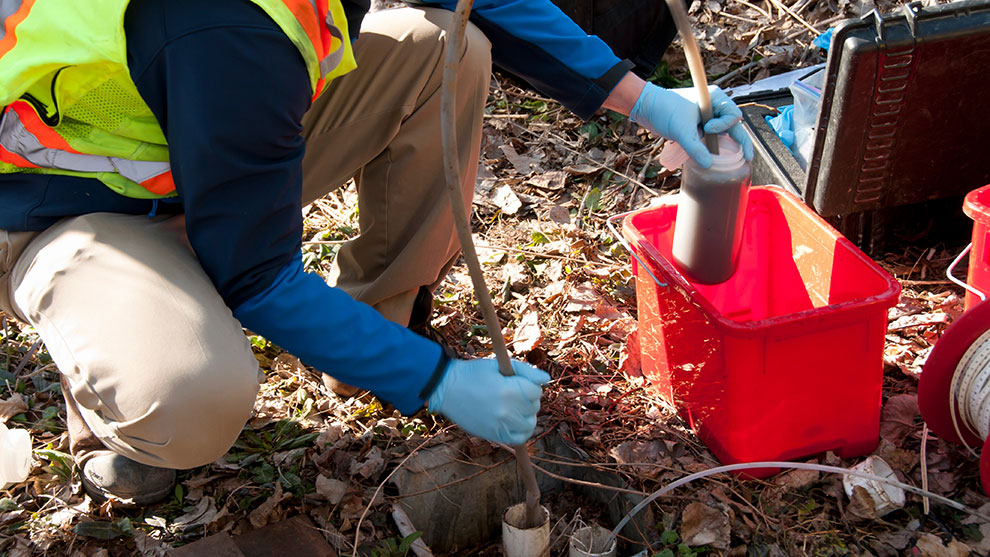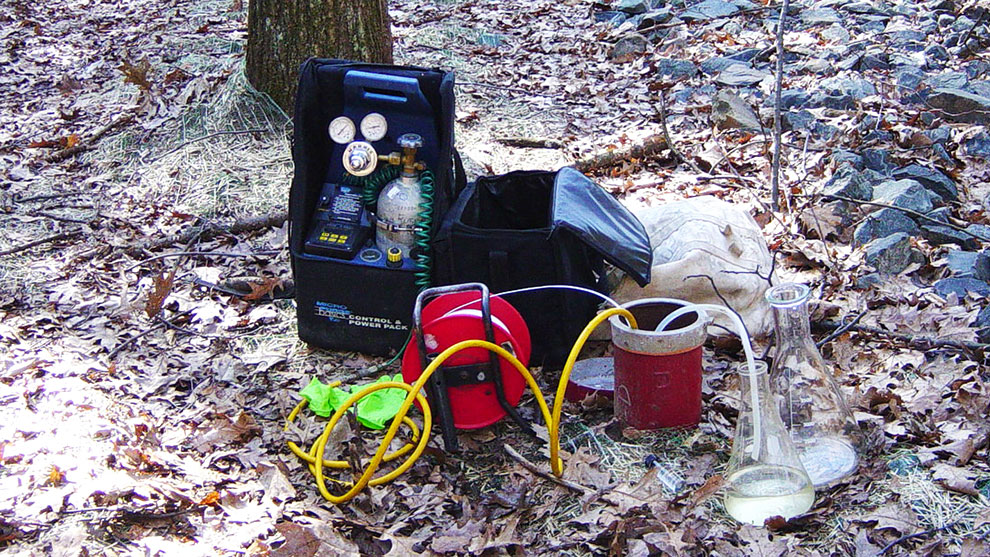PFAS Wastewater Sampling Protocol


Fuss & O’Neill was contracted to prepare a perfluoroalkyl and polyfluoroalkyl substances (PFAS) wastewater sampling protocol for a facility in which TeflonTM, a PFAS substance, had been used in manufacturing operations.
The objective of the wastewater sampling was to determine the presence of absence of PFAS compounds in process wastewater that could be discharging to the municipal wastewater treatment plant.

The Delaware Department of Natural Resources and Environmental Control (DNREC) requested the testing. As the DNREC had not yet developed guidelines, Fuss & O’Neill’s environmental engineers developed a sampling protocol after researching guidelines available in other states. The sampling protocol was submitted and approved by the DNREC with no modifications.
Sampling locations included incoming municipal water supply, process rinse, wastewater discharge to sewer, and a slop sink discharge. The protocol included:

Following approval of the plan, the sampling was conducted by facility personnel and the results were provided to Fuss & O’Neill. The results indicated that the municipal drinking water entering the facility contained low levels of older generation PFAS compounds. Sampling at specific process areas indicated the presence of higher concentrations of GenX, newer generation PFAS compounds, and lower concentrations of these compounds at the ultimate discharge point to the municipal sewer system due to dilution from other wastewater sources.
A review of the QA/QC data confirmed that no potential for cross-contamination from sampling equipment or the sampler was present. A post-sampling report was prepared and submitted to the DNREC.